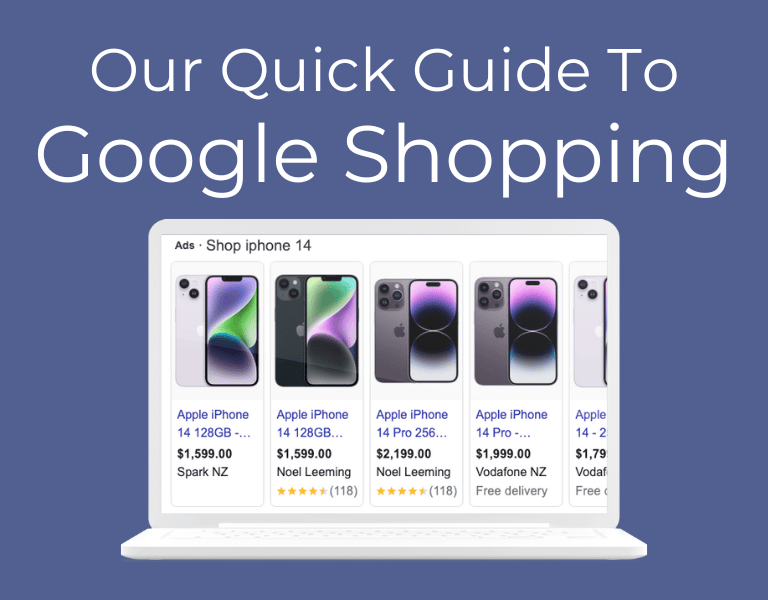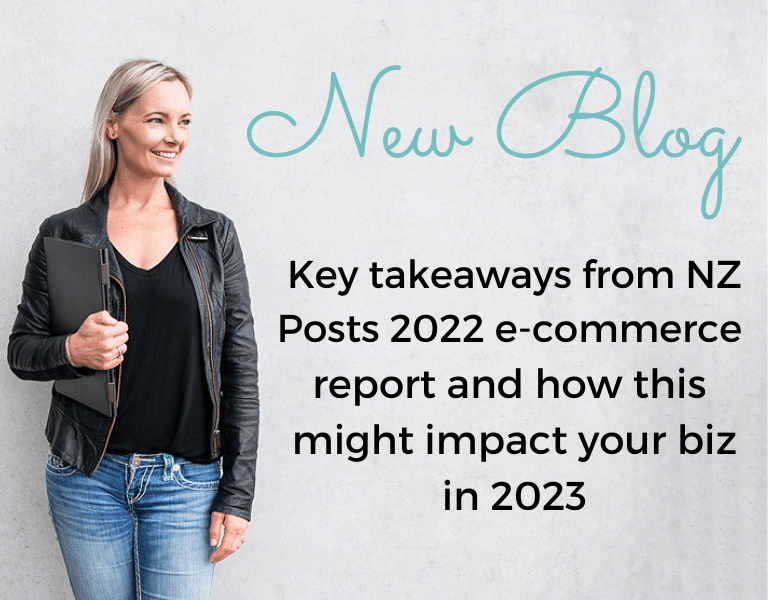What Are Google’s Demand Gen Placements? A Simple Guide

Just when you finally got your head around what a Performance Max campaign is, Google introduced “Demand Gen.”
If you’re a marketing manager or business owner, your first thought was likely, “Great, another campaign type I have to learn.” You’re already time-poor, and the last thing you need is more platform-change overwhelm.
So let’s cut through the jargon.
My job is to stay on top of these changes so you don’t have to. Here’s the simple, no-nonsense guide to what Demand Gen placements are, where they appear, and how you should be thinking about them.
What is a “Demand Gen Placement”?
First, “Demand Gen” (or “Demand Generation”) is the campaign type. The “placements” are simply where the ads from that campaign show up.
Unlike a Search ad, which appears when someone types a keyword, Demand Gen ads are “pushed” to users based on their interests and online behaviors, much like an ad on Meta or TikTok is served.
A Demand Gen placement is a spot within Google’s most visual, content-driven properties. These ads are designed to look native and catch a user’s eye while they are scrolling, watching, or browsing.
There are three core placements you need to know:
YouTube: This is the heavyweight. Demand Gen ads appear in the most valuable, high-engagement spots:
YouTube Shorts: As a native video ad that appears between user-generated Shorts.
YouTube In-Stream: As a skippable video ad that plays before, during, or after a video.
YouTube In-Feed: As a visual ad (with an image or video) that appears in a user’s “Home” feed or “Watch Next” feed.
Google Discover: This is the “hidden” ad inventory that millions of people see every day without realizing it. Discover is the personalized content feed on the homepage of the Google app on your phone and on the “new tab” page of Chrome on mobile. Your ad appears here as a sponsored article or card, blending in with the news and content.
Gmail: Your ads appear in the Social and Promotions tabs of a user’s inbox. They look like an email, with a subject line and “Ad” badge, and expand when clicked.
Why Did Google Create This? (It’s Not Just “Discovery Ads 2.0”)
This is the most important part. Demand Gen is the official replacement for “Discovery Ads,” but it’s more than just a rebrand. It’s a fundamental strategic shift.
Discovery campaigns were good at finding new audiences. Demand Gen campaigns are built to create demand from specific, high-value “lookalike” audiences.
In simple terms: Demand Gen is Google’s direct competitor to Meta’s (Facebook/Instagram) ad platform.
It’s built for a world where you can’t just rely on keywords or search themes. You are working to create interest from a cold (but highly relevant) audience. It’s designed to use your best video and image creative to stop a user from scrolling and make them aware of your brand or product.
The #1 Question: How is Demand Gen Different from PMax?
This is the source of the most confusion, and it’s where I see the most overwhelm. Here is the simplest way to think about it.
Think of them as a “1-2 Punch” for your paid advertising:
Performance Max (PMax) = Captures Demand. PMax is your “closer.” Its main job is to find users across all of Google’s channels (including Search) who are showing signals they are ready to buy now.
Demand Gen = Creates Demand. Demand Gen is your “opener.” Its job is to find people who look just like your best customers but don’t know you exist yet. It introduces your brand and builds a new, warm audience you can then retarget to.
Here’s a quick-glance table:
| Feature | Demand Gen (The “Opener”) | Performance Max (The “Closer”) |
| Main Goal | Create awareness & consideration | Drive conversions & sales |
| Main Placements | YouTube, Discover, Gmail (Visual feeds) | All Google properties (including Search & Shopping) |
| Audience | “Pushed” to lookalike & interest-based audiences | “Pulled” from users showing high-intent signals |
| Best For… | Top-of-funnel brand building, creating new retargeting pools | Bottom-of-funnel conversions, finding “ready-to-buy” users |
What This Actually Means For Your Strategy
You don’t have to choose one or the other. You can make them work together.
Use Demand Gen to build your funnel. Run your best-performing videos and carousel ads to a lookalike audience based on your past purchasers.
Use Demand Gen to build an audience. Create a new audience of people who “watched 50% of your video ad” or “clicked your ad.”
Feed that audience to PMax. Now, take that new “warm, engaged” audience and use it as a primary Audience Signal in your PMax campaign.
You’re using the “opener” (Demand Gen) to build a high-quality audience, and then telling your “closer” (PMax), “Go find more people exactly like these and get them to convert.”
Overwhelmed by the “1-2 Punch”?
If you read this and thought, “That makes sense, but I don’t have the time to build and manage two separate, complex campaign types,” or.. most importantly ensuring your data analytics and tracking is working properly! you are not alone.
Keeping up with these platform changes, auditing the setup, and building a full-funnel strategy is like a full-time job.
The good news? It’s my full-time job.
I help business owners and marketing teams like yours as an on-hand expert, taking this exact kind of strategic work off your plate. If you want to talk about how a Demand Gen and PMax strategy could work for you (without you having to become an expert in either), just send me a message.






